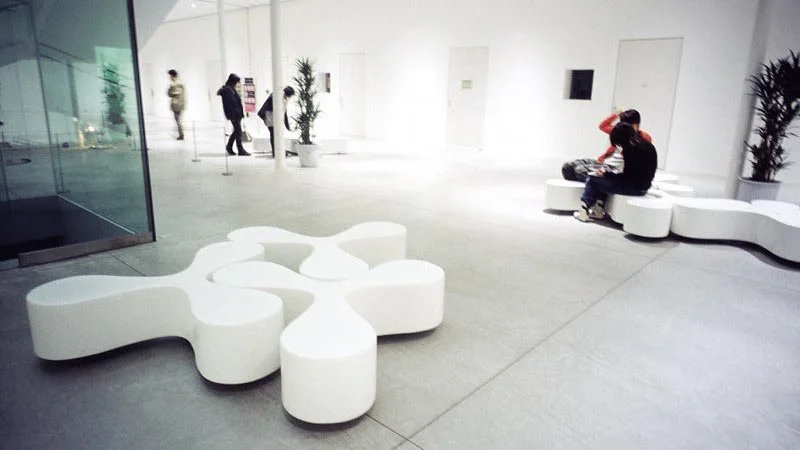Interior design: a brief history
Interior design design dates back hundred of centuries and was previously incorporated hugely through the actual building structure itself. Previously, only the super-rich were able to design their houses like we do now. As time has moved on with many major changes in the manufacturing world and merchandise being easily obtainable the majority now want to design their houses to meet needs and design desires. Below is a summary of how interior design has changed over the years and how it has been influenced economically, socially and by advances in technology.
The Georgian design period (1714–1830)
Georgian interiors were known for their elegance and lightness of touch. Completing a ‘Grand Tour’ around Europe, particularly Italy, for two or three years, was fashionable amongst the upper classes. This meant that lots of foreign influences found their way into British interiors. The design reflected this neo-classical movement, with Palladian styles, seen today in cities such as Venice.
The Georgian design era was inspired by the designs of Venice and Rome and still works well with modern living because of the spacious and simple rooms. Plastered mouldings, decorative ceilings and fireplaces were all main features of Georgian design fitting to the economy and society in this period.
The Victorian design period (1837–1901)
The Victorian design era reflected how trade around the world had started to grow making it more accessible for people to get their hands on goods. The industrial revolution helped reduce the gap between the different classes within society enabling people to access goods to enhance their houses. The joint marriage of Queen Victoria and Prince Albert hugely influenced the start of the industrial revolution with the launch of the rail and canal system booming the British economy and improving trade in and out of the country.
Colour was huge in this era with the creation of new colour through advances in technology. Often many colours were used on just a cornice and walls being divided into many sections being split by picture and dado rails and skirting boards.
Ceiling roses, decorative fireplaces and wall covering were all very popular in this period. The design was often very busy in this period with more and more being added to a room which is why the busyness of this design era doesn’t always work so well with the simple elements of modern living.
Art Deco 1910-1939
The Art Deco design era peaked after the 1925 Paris exhibition and included elements of art, fashion, design and film. This design included Neoclassicism, Modernism and Art Nouveau. This design era was associated with speed, travel and modernism which is why it is still so popular today.
Art Deco was inspired by the advances in modern technology of the 1920s, which can be seen in the smooth lines, geometric shapes and streamlines forms that are characteristic of the movement.
Art Deco was one of the most exciting and influential styles of the 20th Century, and it is one that still influences design today. As a style, Art Deco is easily adapted to suit any interior so that hints of the style still remain. Contemporary re-imaginings of Art Deco furniture are still being designed, which proves the enduring allure of Deco’s inherently opulent and luxurious style.
High-tech 1970 to 21st Century
High-tech design as the name suggests was very much influenced by the advances in technology that were changing the way people and buildings were working together. It was also a design era that was effecting the way buildings were being designed around the world from New York to Hong Kong. A lot of items were available ‘ready made’ and off the shelf changing the items used in homes, hospitals and other industries. There was a rise in the use of stainless steel materials, glass and the usage of one colour and lots of texture leading to a minimalist design style. Life for people today is very busy and technology is as advanced as it has ever been.
Design today is being influenced by all these factors. Home automation is becoming huge, allowing for lights and curtains to be set to timers, and wall coverings even changing dependent on the time of day.
Conclusion
Interior design will and has always been influenced by social, economic and technological factors. This is not new and these factors will continue to shape interior design in years to come allowing design to adapt with the ways our lives change.
If you are unsure of which design era you would like to incorporate in your space, then get in touch and we can create a design that fuses your own style and desires into the design.





